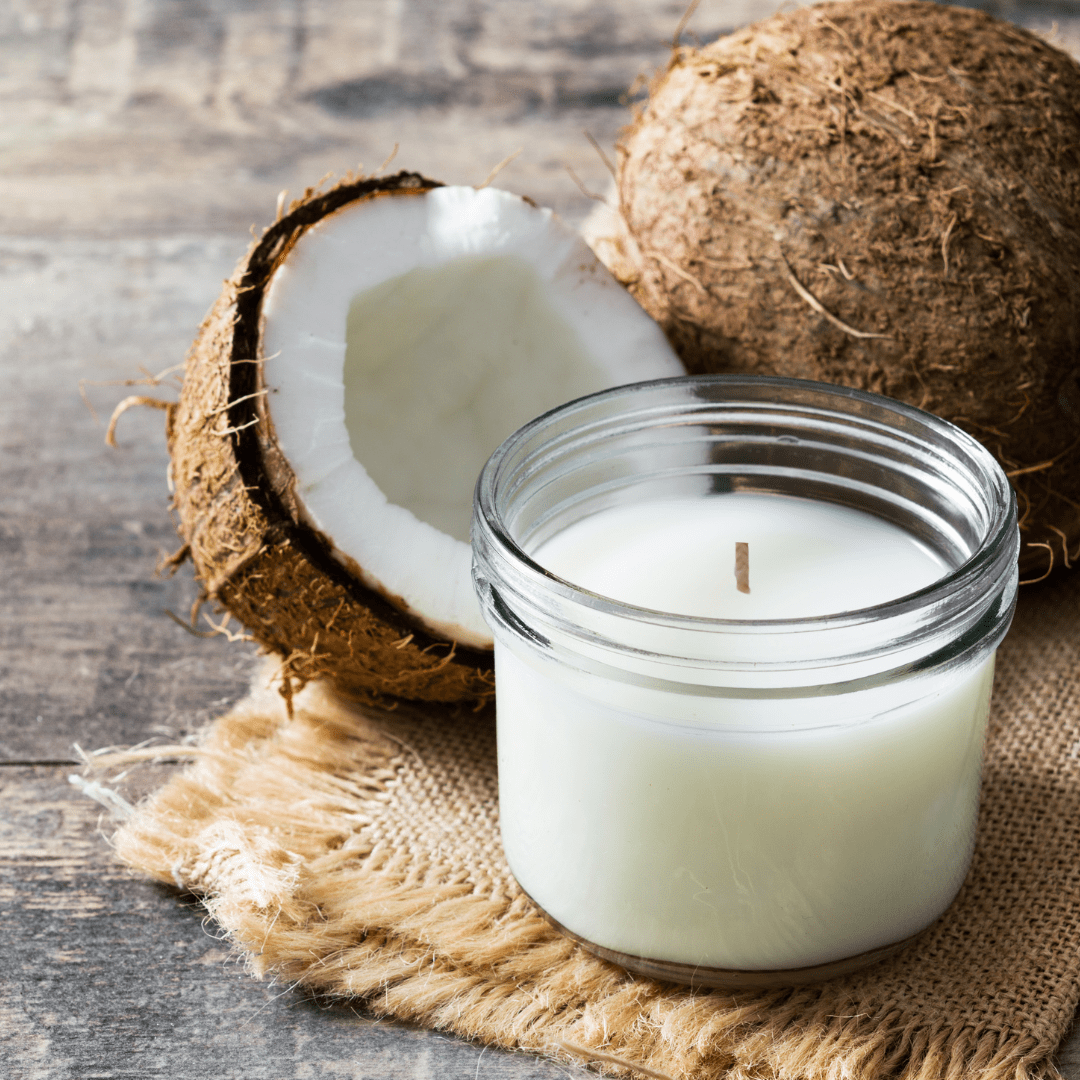From Wick to Wax: Comprehending the Chemistry Behind Soy Wax Candles and Their Environmental Effect
As we brighten our rooms with the warm glow of candles, there lies a world of detailed chemistry behind the relatively basic act of lighting a soy wax candle light. The choice in between soy and paraffin wax extends beyond plain looks, delving into the world of environmental effect and the really structure of the products. Comprehending the molecular structure of soy wax and its burning procedure clarifies the discharges launched right into our environments. Join us as we untangle the clinical intricacies behind soy wax candles and discover their effects on our setting.
Soy Wax Vs. Paraffin Wax
When contrasting soy wax and paraffin wax for candle making, it is necessary to recognize the unique qualities and advantages of each material. Soy wax is a natural, renewable energy originated from soybean oil, making it naturally degradable and green - soy candles. On the other hand, paraffin wax is a byproduct of petroleum refining, which raises problems about its environmental influence and sustainability
Soy wax candles burn cleaner and send out less residue compared to paraffin wax candle lights, making them a healthier choice for interior air quality. Furthermore, soy wax has a lower melting point, permitting for a longer-lasting candle that spreads fragrance better. Paraffin wax, on the various other hand, tends to shed faster and much less cleanly, possibly releasing damaging chemicals into the air.
From a sustainability perspective, soy wax is preferred for its biodegradability and renewable sourcing, lining up with the expanding customer preference for ecologically aware items. While paraffin wax has been a traditional option in candle making as a result of its price and ease of use, the change towards eco-friendly alternatives like soy wax is obtaining energy in the industry.
Chemical Structure of Soy Wax

Burning Process in Soy Candles
The chemical composition of soy wax straight affects the combustion procedure in soy candle lights, influencing aspects such as burn time, aroma release, and environmental impact. When a soy candle light is lit, the warm from the fire melts the wax near the wick. This fluid wax is after that attracted up the wick due to capillary activity. As the liquid wax reaches the fire, it vaporizes and goes through combustion. The burning procedure includes the vaporized hydrocarbons in the wax responding with oxygen airborne to create warm, light, water vapor, and co2.
The burning effectiveness of soy candle lights is affected by the purity of the soy wax and the high quality of the wick. A clean-burning soy candle with an effectively sized wick will produce a consistent fire and lessen residue formation. This not only expands the shed time of the candle light yet likewise improves the launch of scents. In addition, soy wax candles have a reduced environmental impact contrasted to paraffin candles because of their renewable and naturally degradable nature.

Ecological Benefits of Soy Wax

Thought about a sustainable alternative to typical paraffin wax, soy wax supplies notable ecological advantages that make it a popular option among eco-conscious customers. One significant advantage of soy wax is its eco-friendly sourcing. Soy wax is stemmed from soybean oil, which is mainly cultivated in the United States. The farming of soybeans helps support regional farmers and lowers the reliance on non-renewable nonrenewable fuel sources used in paraffin wax production. Additionally, soy wax is eco-friendly, meaning it damages down normally without launching dangerous toxic substances into the atmosphere. This characteristic makes soy wax candles an extra eco pleasant alternative contrasted to paraffin wax candles, which are made from petroleum, a non-renewable resource. Soy wax burns cleaner and produces less soot than paraffin wax, contributing to better interior air quality and decreasing the need for cleaning and maintenance. Generally, the ecological advantages of soy wax line up with the expanding demand for sustainable and green products on the market.
Recycling and Disposal Factors To Consider
Reusing and correct disposal of soy wax candles play an important duty in maintaining ecological sustainability and minimizing waste in areas and households. When it pertains to reusing soy wax candle lights, the view publisher site very first step is to ensure that the candle has shed completely. This can be attained by allowing the candle to shed my response up until the wick is no more useful, and after that letting the continuing to be wax cool and strengthen. As soon as the wax has actually solidified, it can be thoroughly eliminated from the container.

In regards to disposal, if recycling is not a choice, soy wax candles are eco-friendly and can be safely taken care of in the majority of household waste systems. It is always advised to check with regional recycling centers or waste monitoring solutions for particular guidelines on candle light disposal to make certain proper handling and environmental defense.
Final Thought
In final thought, the chemistry behind soy wax more info here candle lights reveals their environmental benefits over paraffin wax candles. Soy wax, obtained from soybean oil, burns cleaner and generates less soot when compared to paraffin wax.
When contrasting soy wax and paraffin wax for candle making, it is important to comprehend the distinct qualities and advantages of each product (candles).Soy wax candles shed cleaner and release much less residue compared to paraffin wax candles, making them a healthier option for interior air quality.Considered a lasting choice to standard paraffin wax, soy wax offers noteworthy environmental advantages that make it a prominent selection among eco-conscious customers. Soy wax burns cleaner and generates much less residue than paraffin wax, contributing to far better indoor air high quality and minimizing the demand for cleaning and maintenance.In verdict, the chemistry behind soy wax candles reveals their environmental advantages over paraffin wax candle lights
Comments on “Learn the Magic of Crystal Soy Candles and Home Fragrance”